The present scenario of bank cheques is paper-based, which works solely on the physical exchange of cheques. The term “Truncation” in simple words refers to the conversion into another form. In other words, Truncation is a stoppage of the progress of physical cheques which is issued by the drawer to the cheque holder.
In this respect, any type of physical cheque is converted into a digital electronic image. The clearing proceeds and transmits an electronic picture of the cheque to the drawee also along with relevant information that requires such as MICR and date of presentation and many more. It mainly speeds up the entire processing activity of cheques.
How does Cheque Truncation Work in India?
In any local branch of the bank, the scanner where all the related cheques are deposited is formerly used to capture the image of the cheque which is further sent to the automated clearing house which at last goes to the paying bank. The data and images of the cheque are stored in archives after this the archive data will be retained at the clearinghouse for eight years.
What happens is cheque truncation as stated helps in speeding up the process of collecting cheques and issuing and presenting them electronically. Cheques are still considered as the prominent mode of payment, so CTS (Cheques Truncation System) is found as the best and secure alternative. So in the CTS case, all the related clearing is based on images and data.
Also, it is legally authorized that cheques should be printed on MICR (Magnetic Ink Character Reader) procedural guidelines and also the average size of the cheque should remain unchanged. Moreover once the cheque is truncated the physical cheque is canceled and recorded in the collecting bank.
Advantages of Cheque Truncation
- The main advantage of cheque truncation is it reduces the delay that is the availability of required funds and beneficiaries on time.
- Quick clearing cycles. It takes a maximum of three days to clear the cheques as compared to a physical one which takes almost a week to process.
- No additional costs or taxes to the customer or holder.
- Reduces the physical movement of paper cheques furthermore it offers a potential reduction in the settlement process.
- Additionally, CTS also offers banks and customers many other advantages too like cost-effectiveness, improved services, and rationalization of human resources and technologies.
Risks of Cheque Truncation
The process of CTS may seem easy and technology advanced but it also comes with several risks involved. Some of the risks are discussed below-
- With respect to banks, the clearinghouse should accept that the data given by the local branch of the bank is the data meant for the day’s clearing.
- In some cases, truncation cheques involve various operational risks so in this case, banks must take sufficient measures to reduce this kind of risk.
- The drawee should verify the image of the signature as this also may confront a comparable issue.
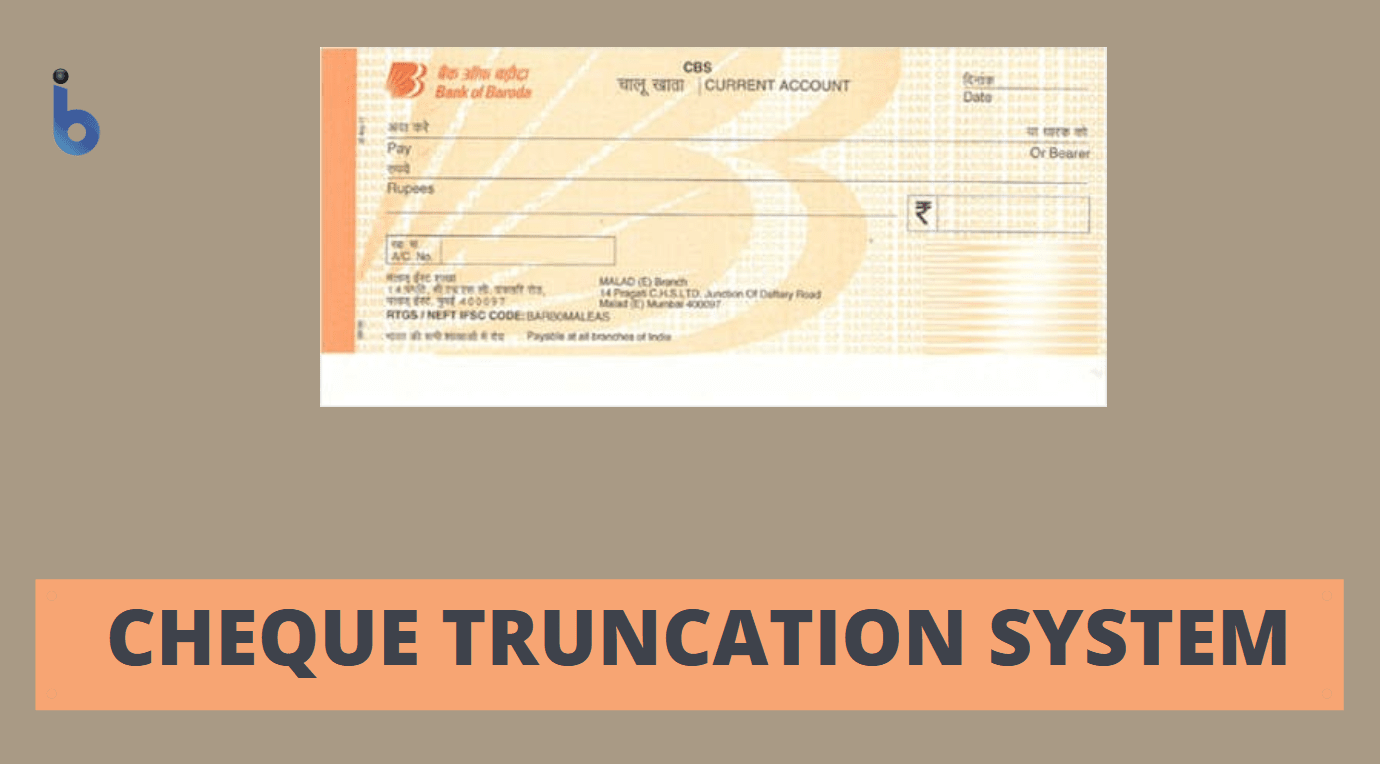
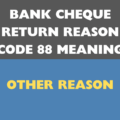
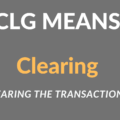
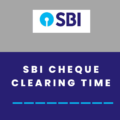

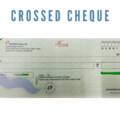

Be the first to comment